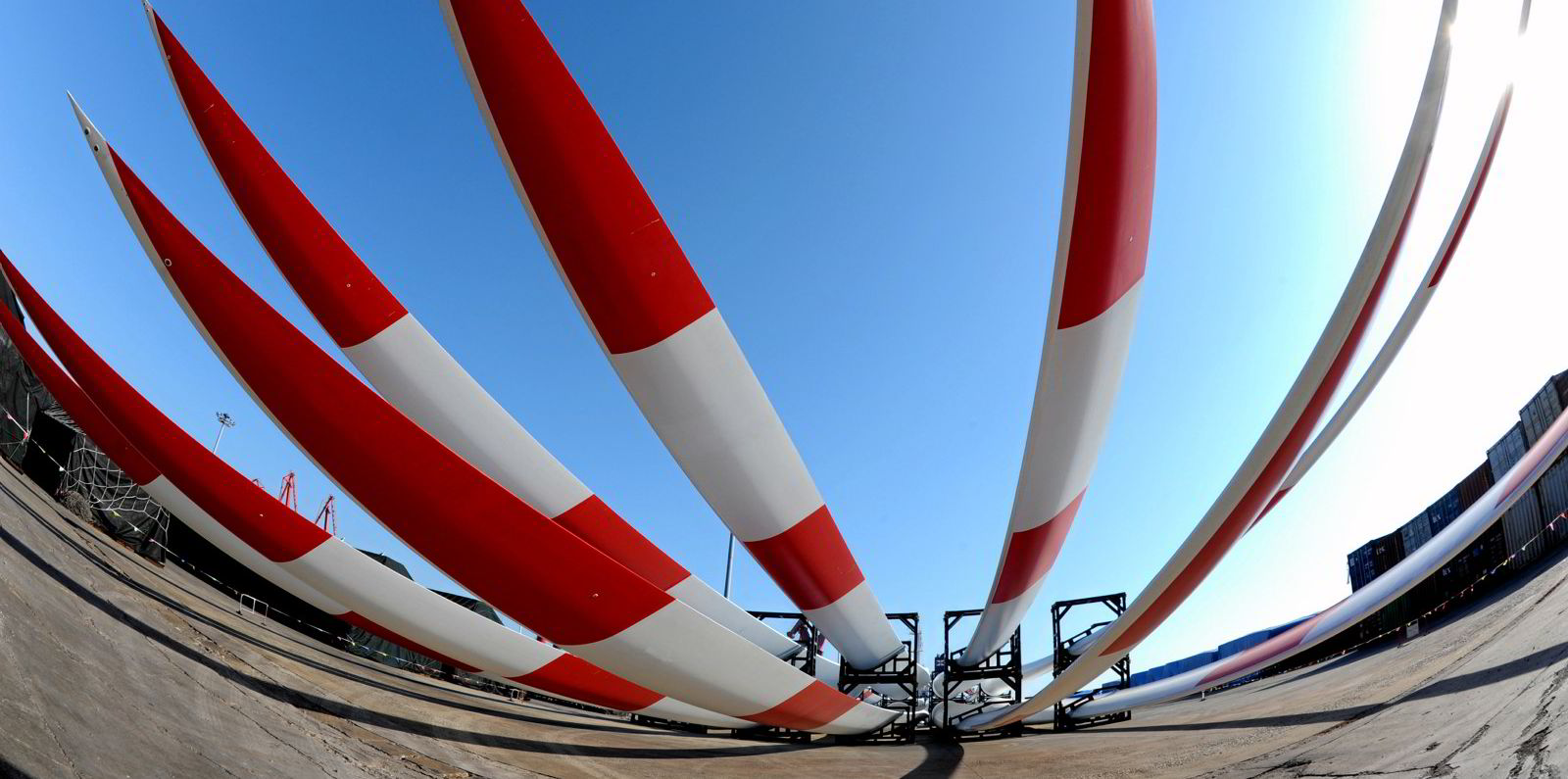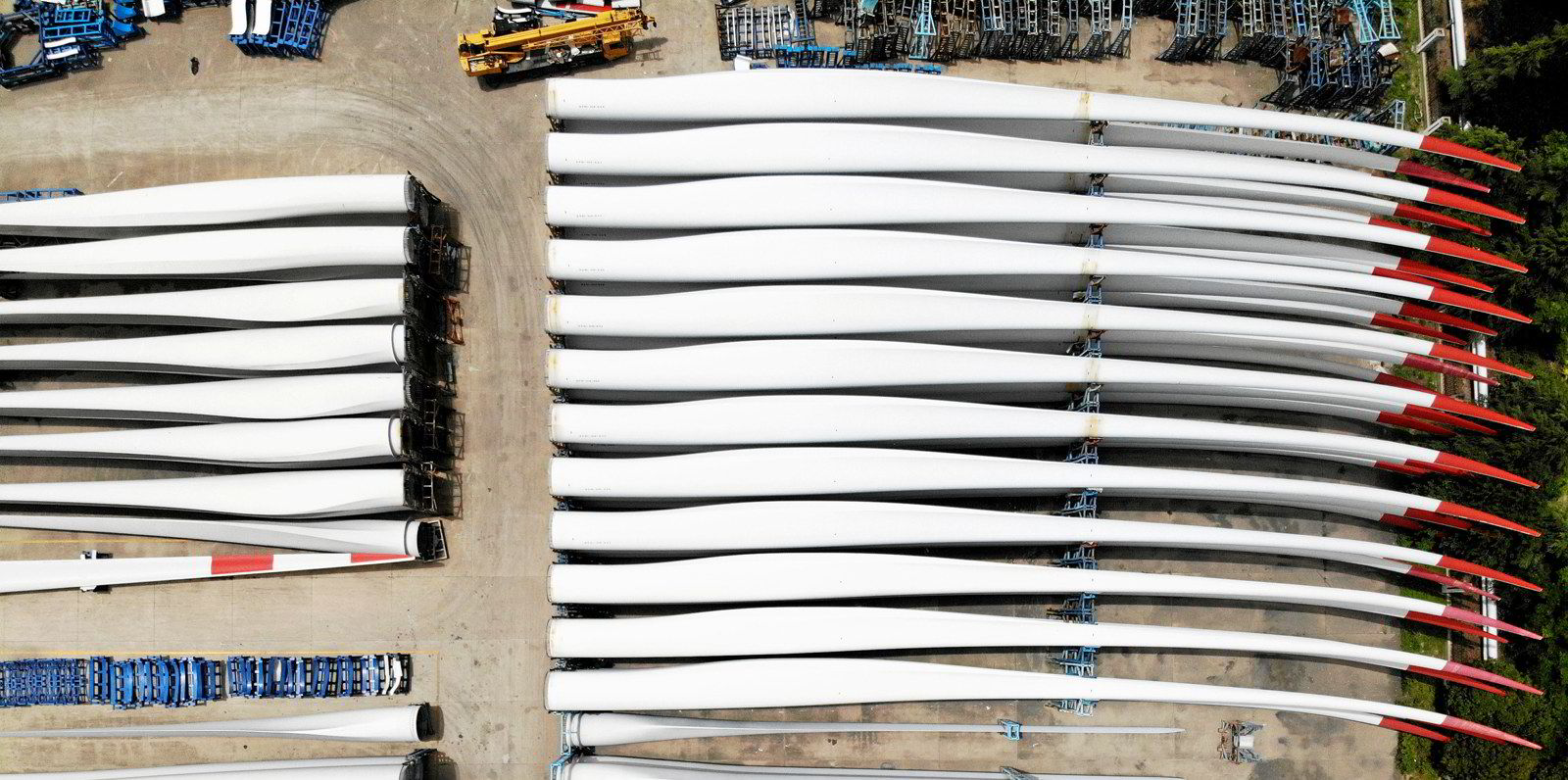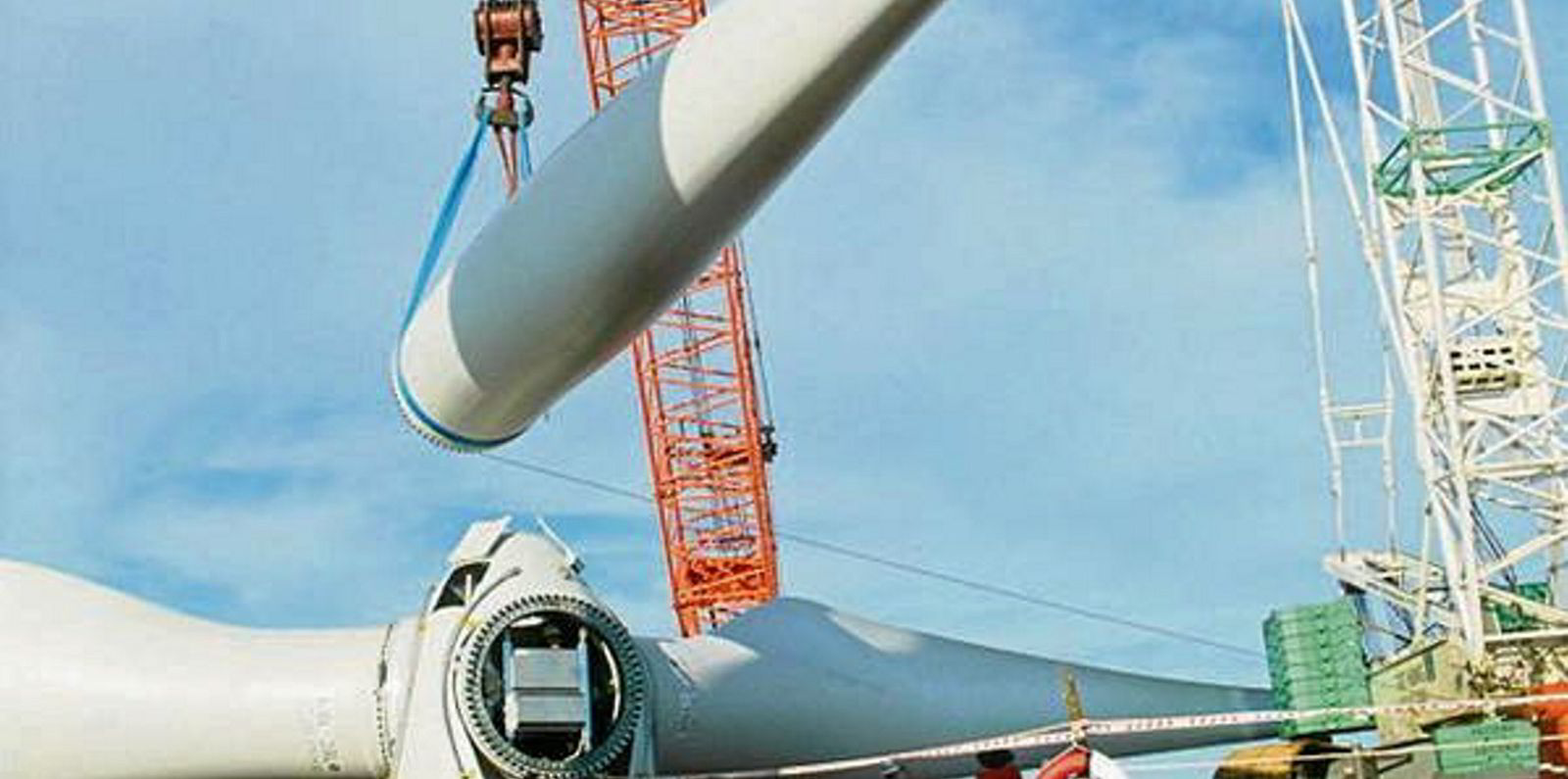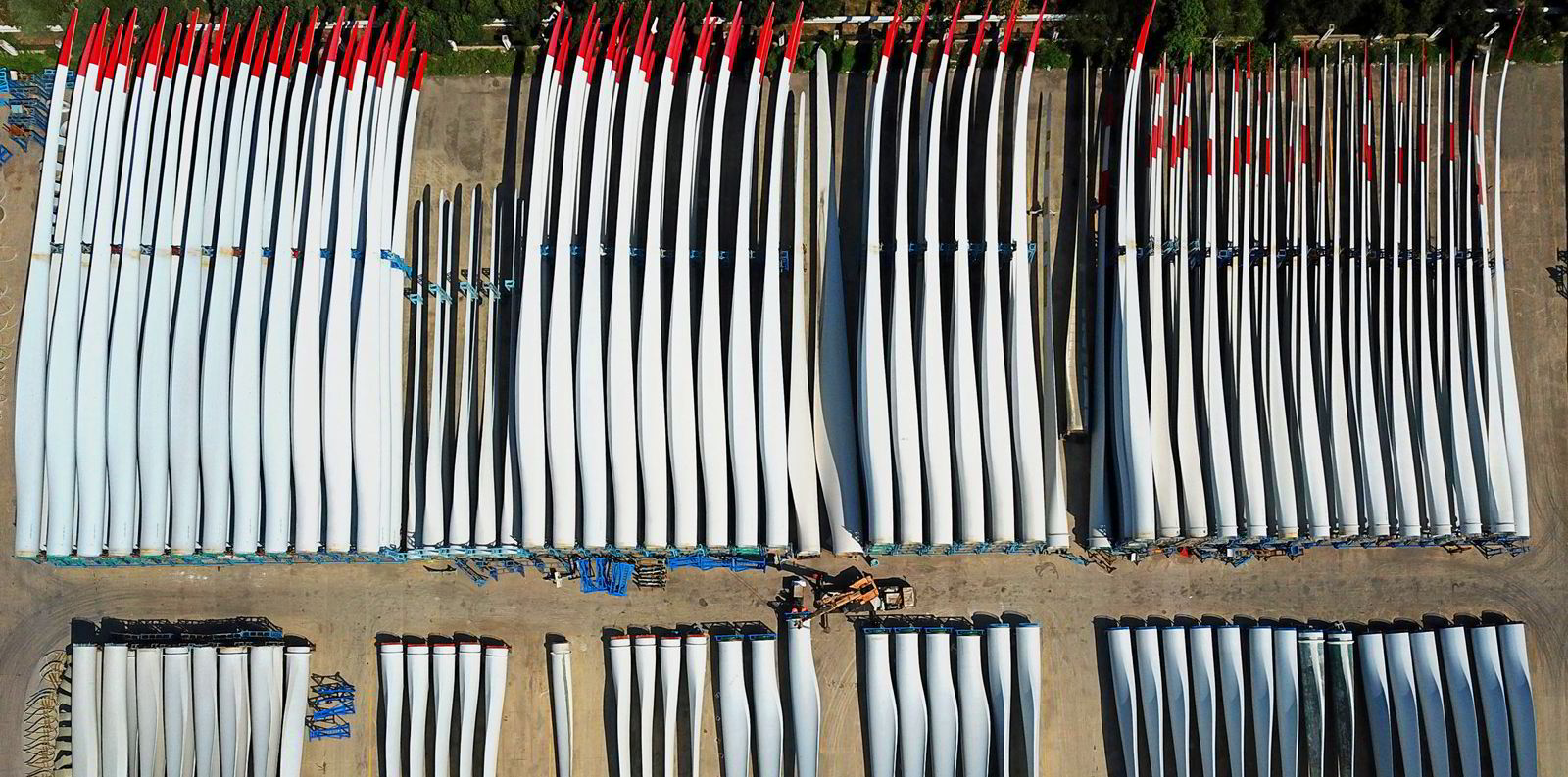Thermoset composites – a type of plastic that is notoriously expensive to recycle – are at the heart of this issue. Turbine blades are primarily made of thermoset composites, and with many wind farms reaching the end of their lifetimes in the coming years, the imminent influx of decommissioned blades is set to be significant.
While a ban on landfill use for blades will be a significant step forward in the wind industry’s sustainability journey, it also signals a unique opportunity for the broader manufacturing industry to follow the pathway that wind is currently paving.

The recycling economy across manufacturing is still in its infancy, making recycling a challenging and often expensive option for handling waste. To build on the momentum of a landfill ban, manufacturers must rally together. Cross-sector collaboration is the only way to mature the recycling economy, bring down the cost of recycling pathways, and finally bring recycling methods into the realm of an attractive business case.
Circularity the real prize
In other words, to sustainably address the issue of waste production from the turbine value chain, we need to think beyond blade decommissioning, and beyond the wind industry entirely. With more industry leaders across manufacturing committed to recycling decommissioned composite material, we can establish a stable supply of recycled composites, driving down costs in the process.
Recycled materials are downcycled, losing value with each wave of re-use.
A mature recycling market, however, should be viewed as a step along the journey towards building a truly sustainable industry, as opposed to the end goal. Recycled materials are downcycled, losing value with each wave of re-use, and pushing the issue of waste management further into the future. To ensure that the value of production materials is truly preserved across each cycle of use, we need to build an operable circular economy across the global manufacturing footprint.
Industrial circularity would rely on two key mechanisms: commercially viable circularity technologies, and the adoption of these technologies across the manufacturing industry. The recently announced CETEC project, spearheaded by Vestas with a vision to solve the blade waste issue, is the first of its kind to investigate the industrialisation of a novel circularity technology for thermoset composites. The solution applies chemcycling to thermoset composites, enabling the re-use of their constituting materials in new turbine blades.

Broader adoption of this solution across manufacturing would significantly accelerate a workable circularity pathway for thermoset composites, and the sustainability implications of this should not be underestimated. With composite materials existing as circular components across industry, the need to produce virgin chemical components would diminish, along with the resource consumption that accompanies this production.
Industry-wide adoption of CETEC’s solution would also ensure that a mature circular economy is firmly in place once the wind industry is ready to deploy chemcycling pathways to the next generation of turbines, decades from now.

Policymakers must step up
Regulation and policy interventions also have an important role to play here. The tightening of waste management regulation, if carried out in pace with technological development, can spark new business models, and trigger innovation. New circularity technologies are urgently needed, and government measures designed to nurture their development are key to establish a viable circular economy for plastics, and beyond.
With clear advancements in both recycling and circularity technologies firmly underway, the road ahead for waste reduction across manufacturing is clearer than it has ever been. A more sustainable future however, will require action. The wind industry is laying a sturdy foundation for the elimination of waste across the manufacturing value chain, but to nurture this first step into a truly sustainable industry will require more industry leaders to follow.

A more sustainable era for manufacturing will require the support of every industry that relies on composite materials; if we can align across sectors, we can succeed in building a stable economy for recycled materials.
A circular economy must be the overarching goal however, and we need to accelerate progress here urgently. With global net-zero deadlines looming, the wind industry is set to rapidly expand, and with this growth comes a clear opportunity for the broader manufacturing industry to rally together to drive innovation and forge a new market for circularity.
This aligned approach, whereby recycled materials can be traded, circularity pathways matured, and best practice openly shared is crucial, supported by the right measures from governments. Collaboration at this scale is the only way to ensure that we can build a more sustainable future for manufacturing.(Copyright)







